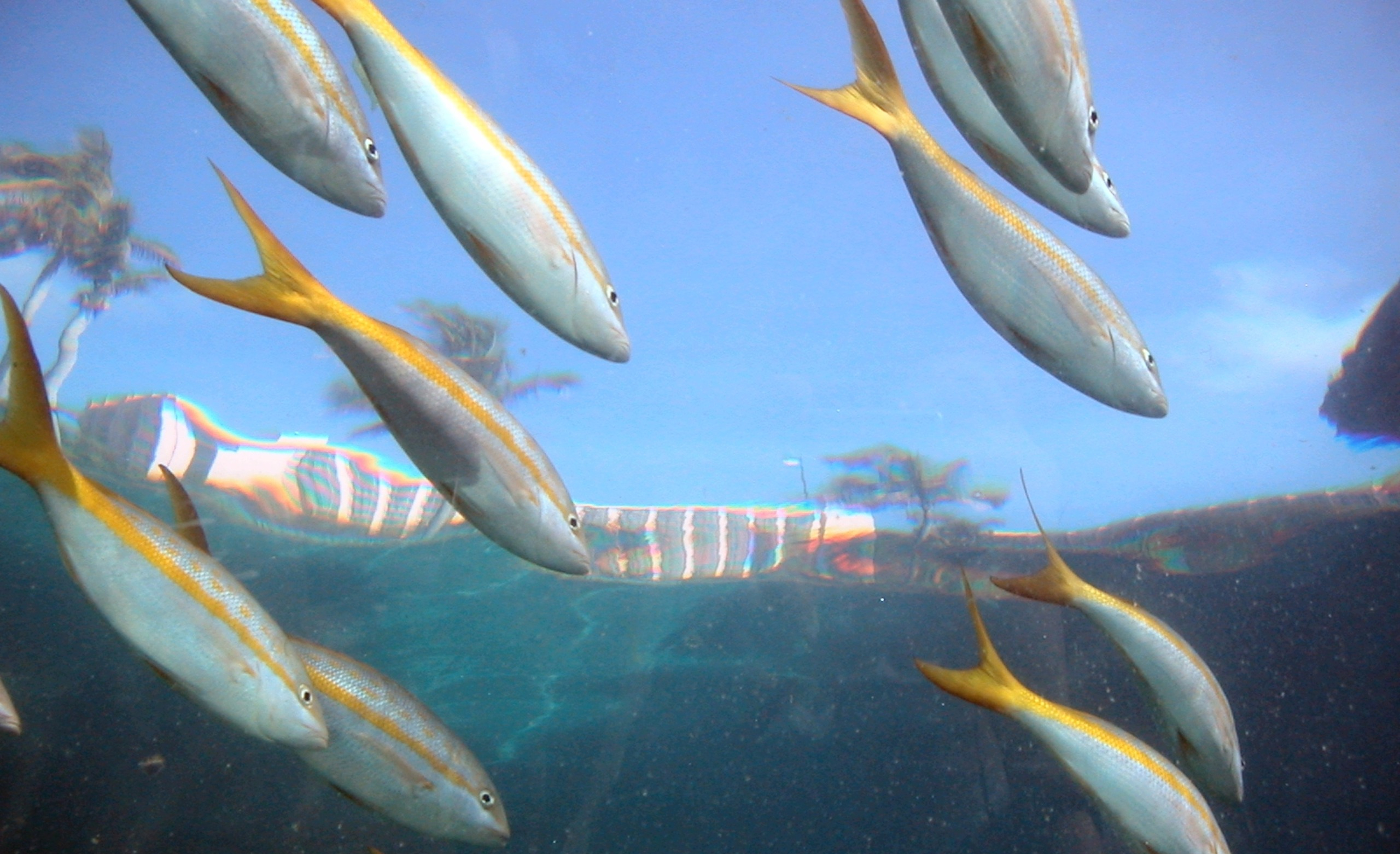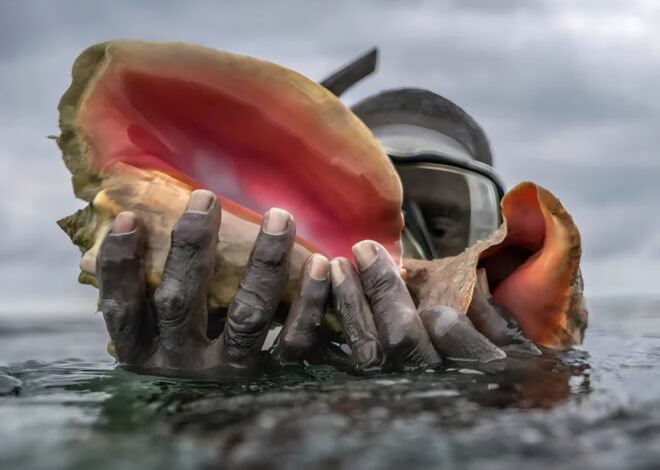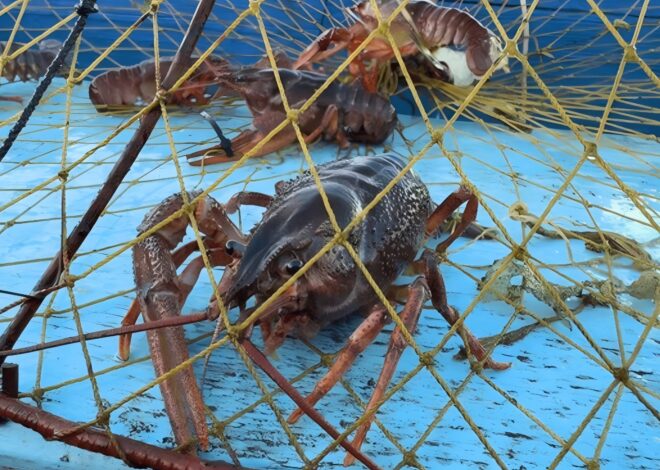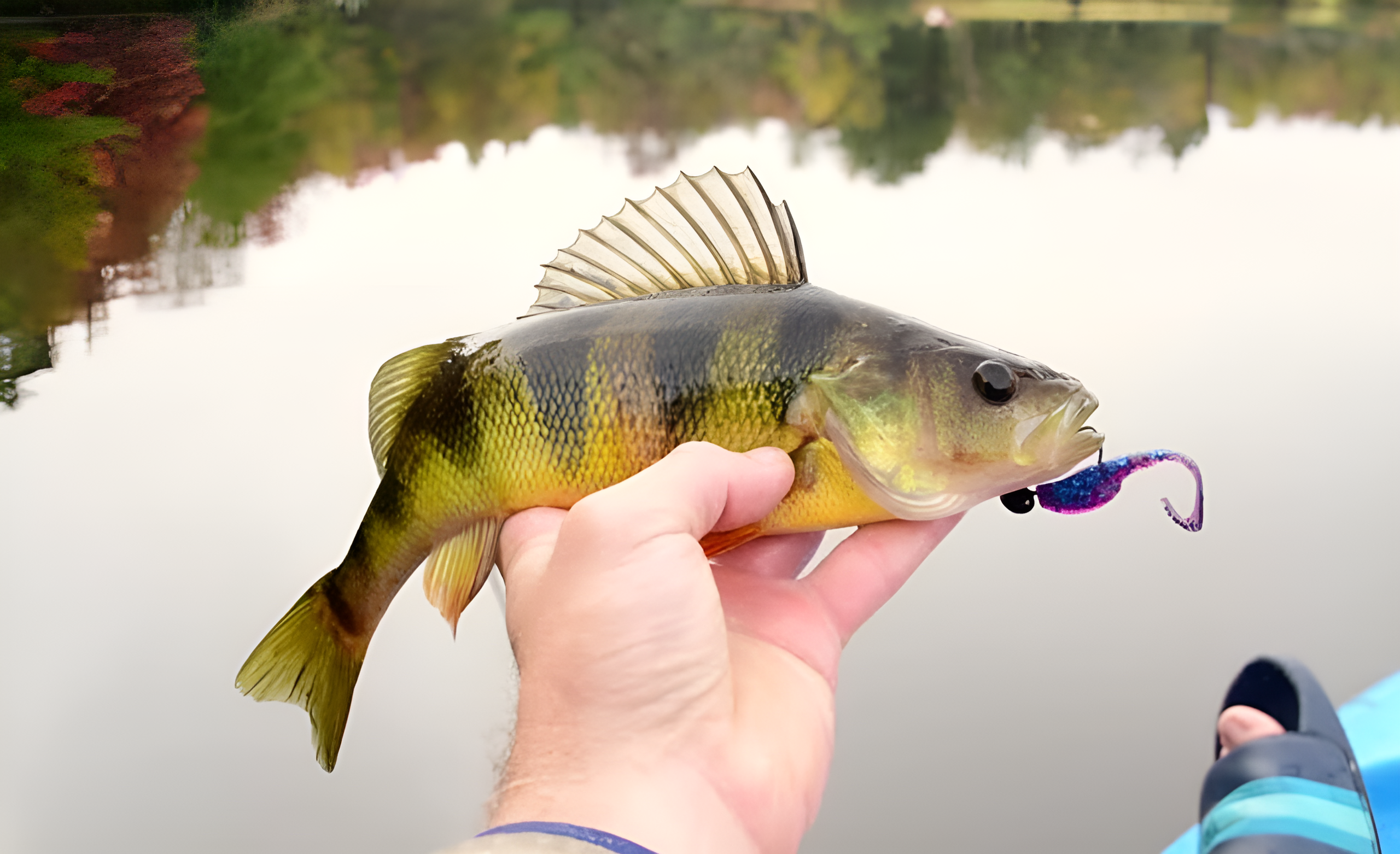
How To Catch Yellowtail Snapper
Whether you’re a seasoned fisherman or just starting out, understanding how to catch yellowtail snapper can enhance your fishing experience. If you’re looking to reel in a culinary delight, yellowtail snapper should be at the top of your list.
Known for its mild flavor and flaky texture, this fish not only tantalizes taste buds but also offers an exciting challenge for anglers. Dive into the world of this vibrant species and discover tips that will help you land one on your next adventure!
Understanding Yellowtail Snapper Behavior and Habitat
Yellowtail snapper are a fascinating species known for their vibrant colors and distinctive yellow stripe along the side. They inhabit warm, shallow waters, typically ranging from 30 to 180 feet deep. Coral reefs, mangroves, and rocky structures serve as their preferred habitats.
These fish tend to be social creatures, often found in schools. Their behavior is influenced by water temperature and availability of food sources like small fish and crustaceans. As opportunistic feeders, they’ll eagerly chase down prey that comes within reach.
During daylight hours, yellowtail snapper are more active near the surface but retreat to deeper waters during the night. Understanding these patterns can significantly increase your chances of a successful catch. Knowing when and where they congregate will help you plan your fishing trips effectively.
Choosing the Right Equipment for Yellowtail Snapper
Selecting the right gear is crucial for a successful yellowtail snapper fishing experience. Start with a medium to heavy spinning rod, ideally between 6 to 7 feet long. This length provides good control while casting. Pair your rod with a suitable reel that has a smooth drag system, capable of holding at least 200 yards of 20-30 lb braided line.
Braided line offers better sensitivity and reduces stretch, allowing you to detect bites more efficiently. Don’t forget about terminal tackle. Use fluorocarbon leaders ranging from 25 to 40 lbs for added invisibility in clear waters.
Circle hooks in sizes 2/0 to 4/0 are popular among anglers targeting yellowtails, as they enhance hook-up rates without gut-hooking fish. A quality tackle box stocked with various tools can make all the difference on the water, ensuring you’re prepared for any situation that arises during your trip.
Best Bait and Lures for Yellowtail Snapper
When it comes to catching yellowtail snapper, the right bait can make all the difference. This species is known for being selective, so anglers need to be strategic. Live baits like pinfish and shrimp often yield great results. Their natural movement in the water attracts hungry snapper lurking nearby.
If live bait isn’t available, fresh cut baits such as squid or mackerel work well too. Artificial lures can also be effective. Jigs and soft plastics mimic the action of prey fish perfectly. Bright colors tend to grab attention in deeper waters while more subdued tones may work better in shallower areas.
Experiment with different sizes and styles until you find what resonates with your local population of yellowtails. Don’t forget that scent plays a role too; incorporating scents on your lures or baits can enhance their allure, making them irresistible to those snapping predators beneath the surface.
Finding the Best Fishing Spots for Yellowtail Snapper
Finding the best fishing spots for yellowtail snapper requires a bit of local knowledge and some good old-fashioned exploration. These fish are often found in deeper waters around structures like reefs, wrecks, and ledges. Their preference for rocky terrain makes these areas prime locations.
Look for spots with strong currents as yellowtails tend to gather where food is abundant. The hours just before dawn or after dusk can be particularly fruitful times to cast your line. Don’t forget about tide changes; they can significantly impact fish activity levels.
Additionally, utilizing local resources like fishing reports or apps can guide you toward popular hotspots frequented by other anglers. Engaging with the community at bait shops might reveal hidden gems known only to seasoned fishermen.
Remember to stay patient while searching out new locations—the reward of reeling in a trophy yellowtail snapper will make it worthwhile!
Techniques for Catching Yellowtail Snapper
When targeting yellowtail snapper, precision is key. Start by drifting or slow-trolling over reefs and wrecks where these fish are known to congregate. This method allows your bait to move naturally, mimicking the local forage. Using a light tackle setup enhances sensitivity.
A 20-30 pound test line paired with a medium-action rod will provide the right balance of strength and finesse. Live bait often yields great results; consider using small pilchards or pinfish. Alternatively, jigs can be effective—especially in deeper waters during midday when snapper tend to be less active.
Keep an eye on the water’s surface for signs of feeding activity, like birds diving or splashes. These indicators suggest that yellowtails may be nearby. Practice patience and remain stealthy while fishing near structures where snapper hide from predators.
Tips for Handling Yellowtail Snapper
Handling Yellowtail Snapper requires a combination of care and technique to ensure the fish remains fresh and intact for culinary use. First, it’s essential to keep your workspace clean and organized; this not only promotes food safety but also makes the process more efficient.
When you receive a Yellowtail Snapper, handle it gently to avoid bruising its delicate flesh. Use a sharp fillet knife for precise cuts when cleaning; starting from behind the gills down to the tail allows you to maximize yield while minimizing wastage.
Additionally, be sure to remove all entrails promptly as they can spoil quickly in warm temperatures, potentially compromising flavor and quality. After filleting, rinse under cold water and pat dry with paper towels before storing on ice or refrigerating at temperatures below 40°F (4°C).
Maintaining these best practices during Handling Yellowtail Snapper will not only enhance your cooking experience but also significantly improve the taste of your dishes featuring this prized fish.
Regulations for Yellowtail Snapper
When targeting yellowtail snapper, it’s crucial to be aware of local fishing regulations. Each state may have different rules regarding size limits, bag limits, and seasonal restrictions. In many areas, the minimum size limit is established to ensure that juvenile fish can mature before being harvested.
Keeping track of these measurements helps maintain healthy populations for future generations. Bag limits dictate how many yellowtail snapper you can catch in a single day. Adhering to these guidelines prevents overfishing and supports sustainable practices within your community.
Additionally, some regions enforce specific seasons when fishing for yellowtail snapper is permitted. Understanding these timelines not only enhances your chances but also aligns with conservation efforts aimed at protecting this species during critical spawning periods.
Always check local regulations or consult with the appropriate authorities before heading out on your fishing trip. Staying informed promotes responsible angling and ensures that everyone can enjoy catching yellowtail snapper sustainably.
Conservation Efforts for Sustainable Fishing
Conservation efforts are crucial for maintaining healthy yellowtail snapper populations. Overfishing poses a significant threat, making it essential to adopt sustainable practices. Organizations and local governments often implement regulations that limit catch sizes and seasons.
These measures help ensure that fish can reproduce and maintain their numbers in the wild. Community awareness plays a vital role as well. Educating anglers about responsible fishing techniques fosters respect for marine ecosystems. Participating in conservation programs or volunteering for clean-up initiatives also makes a positive impact.
Support from consumers matters too. Choosing sustainably sourced seafood encourages fisheries to prioritize eco-friendly methods. By opting for certified products, you contribute to preserving yellowtail snapper habitats while enjoying your favorite dishes.
Engaging with local advocacy groups can amplify these efforts further. Together, communities can work towards ensuring future generations enjoy the thrill of catching this prized species while protecting its environment.
How to Properly Prepare and Cook Your Catch
Once you’ve caught your yellowtail snapper, it’s time to prepare it for cooking. Start by cleaning the fish right away. Rinse it in cold water and remove the scales using a scaler or knife. Gutting should be done carefully to avoid damaging the meat.
Next, consider filleting your catch. Use a sharp knife to cut along the backbone, slicing down toward the ribs. Gently lift off each fillet while keeping as much flesh intact as possible. For cooking, yellowtail snapper is incredibly versatile.
You can grill, bake, or pan-sear it with herbs and citrus for added flavor. A sprinkle of salt and pepper enhances its natural taste without overpowering it. Don’t forget about side dishes! Fresh vegetables or a light salad complement this delicious fish beautifully, bringing out its flavors even more during mealtime enjoyment.
Conclusion: Enjoying Fresh and Delicious Yellowtail Snapper
Catching yellowtail snapper can be a rewarding experience for both novice and seasoned anglers. The thrill of reeling in this vibrant fish, known for its delicious taste, adds excitement to any fishing trip. With the right equipment, bait, and techniques, you can enhance your chances of success on the water.
Once you’ve made your catch, the fun doesn’t stop there. Preparing and cooking yellowtail snapper opens up a world of culinary possibilities. Whether grilled, baked, or fried, this fish offers a mild flavor that pairs wonderfully with various seasonings and sides.
As you enjoy your fresh meal at home or share it with friends around the table, you’ll appreciate not just the effort put into catching it but also the sustainable practices that ensure healthy populations for future generations. Embracing responsible fishing habits contributes to preserving marine ecosystems while enjoying one of nature’s most delightful offerings.
Armed with knowledge about how to catch yellowtail snapper and tips on preparing them properly will make every fishing adventure memorable. Now it’s time to grab your gear and head out—there’s nothing quite like savoring a meal made from freshly caught fish!



